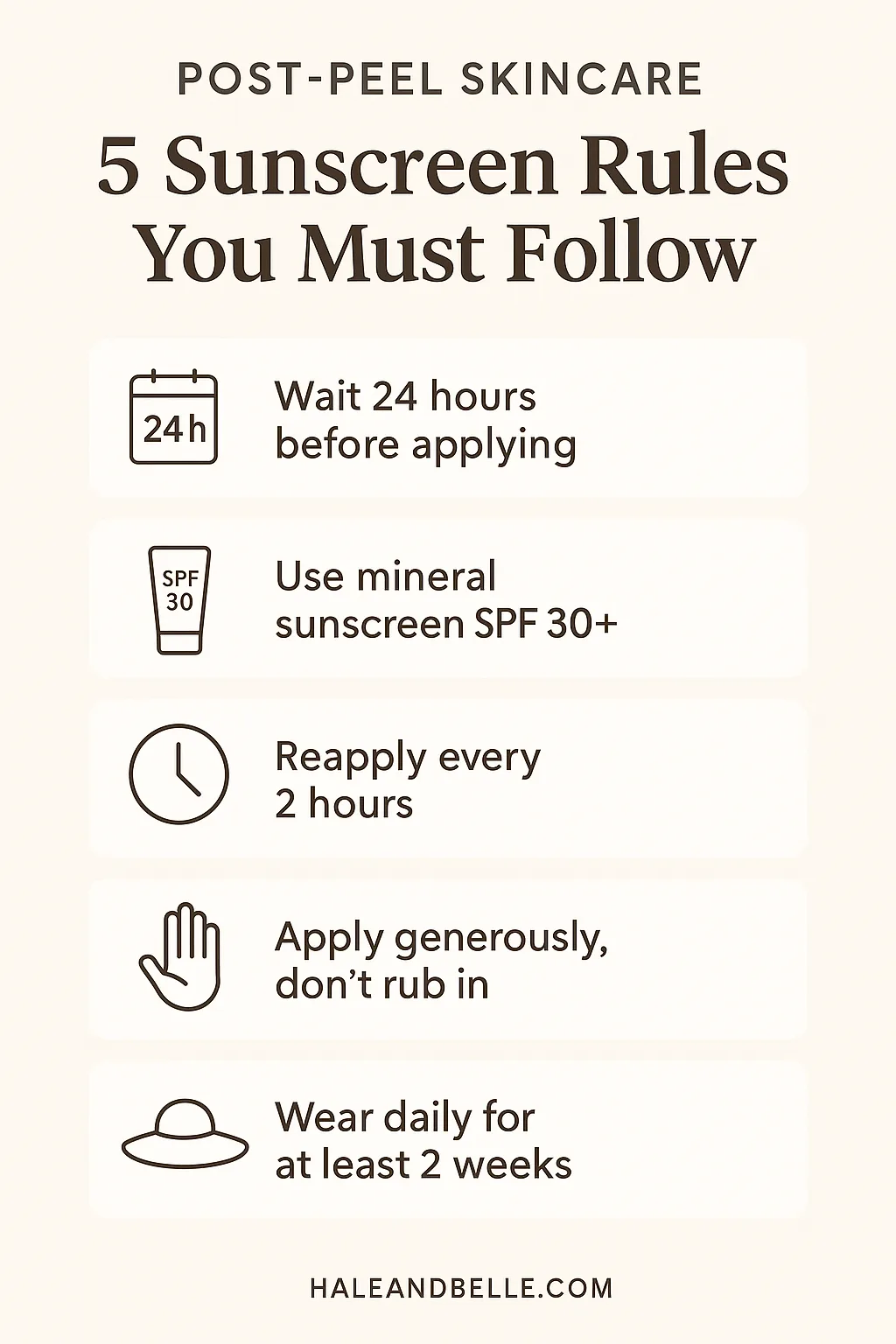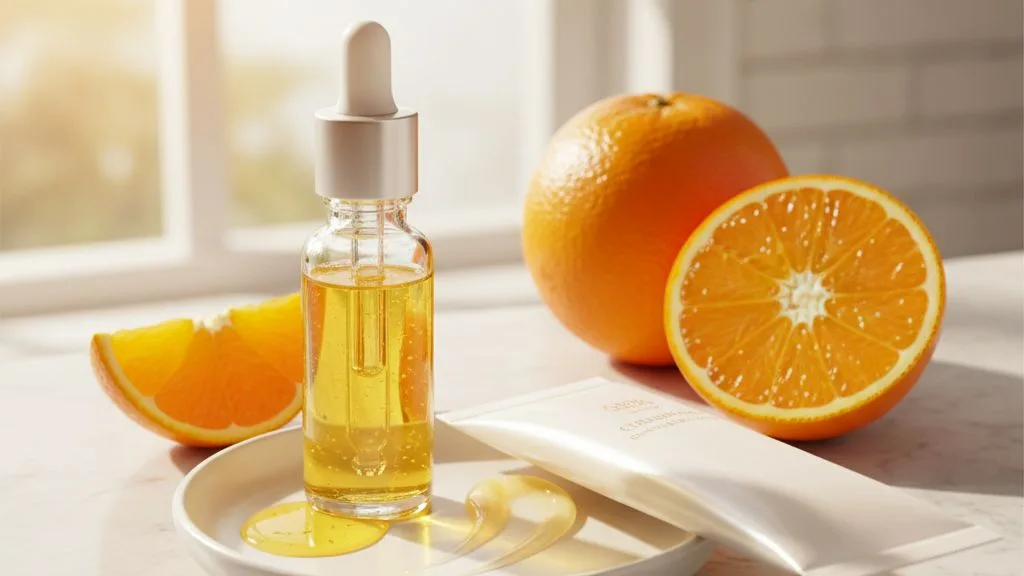A chemical peel can work wonders—revealing fresh, smoother skin by shedding dead, damaged layers. But that fresh skin? It’s ultra-sensitive and vulnerable, especially to the sun. That’s where sunscreen after a chemical peel becomes non-negotiable. Whether you’ve had a light peel or a deep resurfacing treatment, skipping SPF could mean reversing all your skin investments—and then some. Let’s explore why this single skincare step is absolutely essential post-peel.
In this Article
What Happens to Your Skin After a Chemical Peel?
A chemical peel exfoliates your skin using acids like glycolic, salicylic, lactic, or TCA. This triggers controlled injury to the skin, prompting it to regenerate healthier and more even-toned.
Post-peel skin is:
- Thin and fragile
- More photosensitive (extremely sensitive to sunlight)
- Prone to hyperpigmentation and irritation
- Still undergoing repair and collagen rebuilding
Because of this, sun exposure post-peel can lead to:
- Redness, inflammation
- Dark spots and post-inflammatory pigmentation
- Uneven healing or scarring
- Slower recovery time
Why Is Sunscreen Crucial After a Chemical Peel?
Using sunscreen after a chemical peel is like wearing armor during recovery. Here’s why it’s a must:
1. Prevents Hyperpigmentation
Post-peel skin is prone to discoloration. Without SPF, even a few minutes of sun can lead to dark patches.
2. Shields Fragile Skin from UV Damage
Freshly peeled skin lacks the natural protective barrier. UV rays can easily damage this delicate layer.
3. Enhances Healing and Results
SPF creates a safe environment for your skin to heal, helping you get the full glow-up from your peel.
4. Reduces the Risk of Scarring
By blocking harmful UV exposure, sunscreen helps reduce inflammation and scar formation.
How to Apply Sunscreen After a Chemical Peel
Here’s how to do it right:
Step-by-Step Guide:
- Wait 24–48 hours post-peel before applying sunscreen (or as advised by your dermatologist).
- Use a physical (mineral) sunscreen with Zinc Oxide or Titanium Dioxide, ideally SPF 30 or higher.
- Reapply every 2–3 hours, especially if outdoors or sweating.
- Use a fragrance-free, non-comedogenic formula for sensitive skin.
“How do I apply sunscreen after a chemical peel?”
→ Gently dab mineral sunscreen onto your skin without rubbing. Avoid chemical SPFs unless cleared by your derm.
Top Dermatologist-Recommended Sunscreens for Post-Peel Skin
Here are some safe and soothing options that offer broad-spectrum protection:
| Product | Type | Key Benefits |
|---|---|---|
| La Roche-Posay Anthelios Mineral SPF 50 | Mineral | Lightweight, non-irritating. Shop here. |
| ISDIN Eryfotona Actinica SPF 50+ | Mineral | Repairs actinic damage. Shop here. |
| EltaMD UV Clear SPF 46 | Hybrid | Calms redness, good for acne-prone skin. Shop here. |
| Bioderma Photoderm AR SPF 50+ | Tinted Mineral | Reduces redness, evens tone. Shop here. |
| Avene Mineral Fluid SPF 50+ | Mineral | For ultra-sensitive and healing skin. Shop here. |
FAQs: Sunscreen After Chemical Peel
Wait at least 24 hours or until redness subsides. Always follow your provider’s advice.
No. Makeup with SPF doesn’t offer reliable sun protection after a peel. Use a standalone sunscreen.
Daily—without fail—for at least 2 weeks post-peel, ideally lifelong.
Pro Tips from Experts
- Avoid direct sunlight for the first 5–7 days. Use hats and umbrellas when stepping out.
- Opt for tinted mineral sunscreens—they offer added protection against visible light-induced pigmentation.
- Combine sunscreen with post-peel recovery serums (like panthenol or Centella Asiatica) to speed up healing.
- Never skip sunscreen indoors if you’re near windows or under LED lighting.
Visual Guide:

Want the latest scoop, exclusive deals, and skincare secrets? Follow us on WhatsApp and never miss a glow-up moment!




